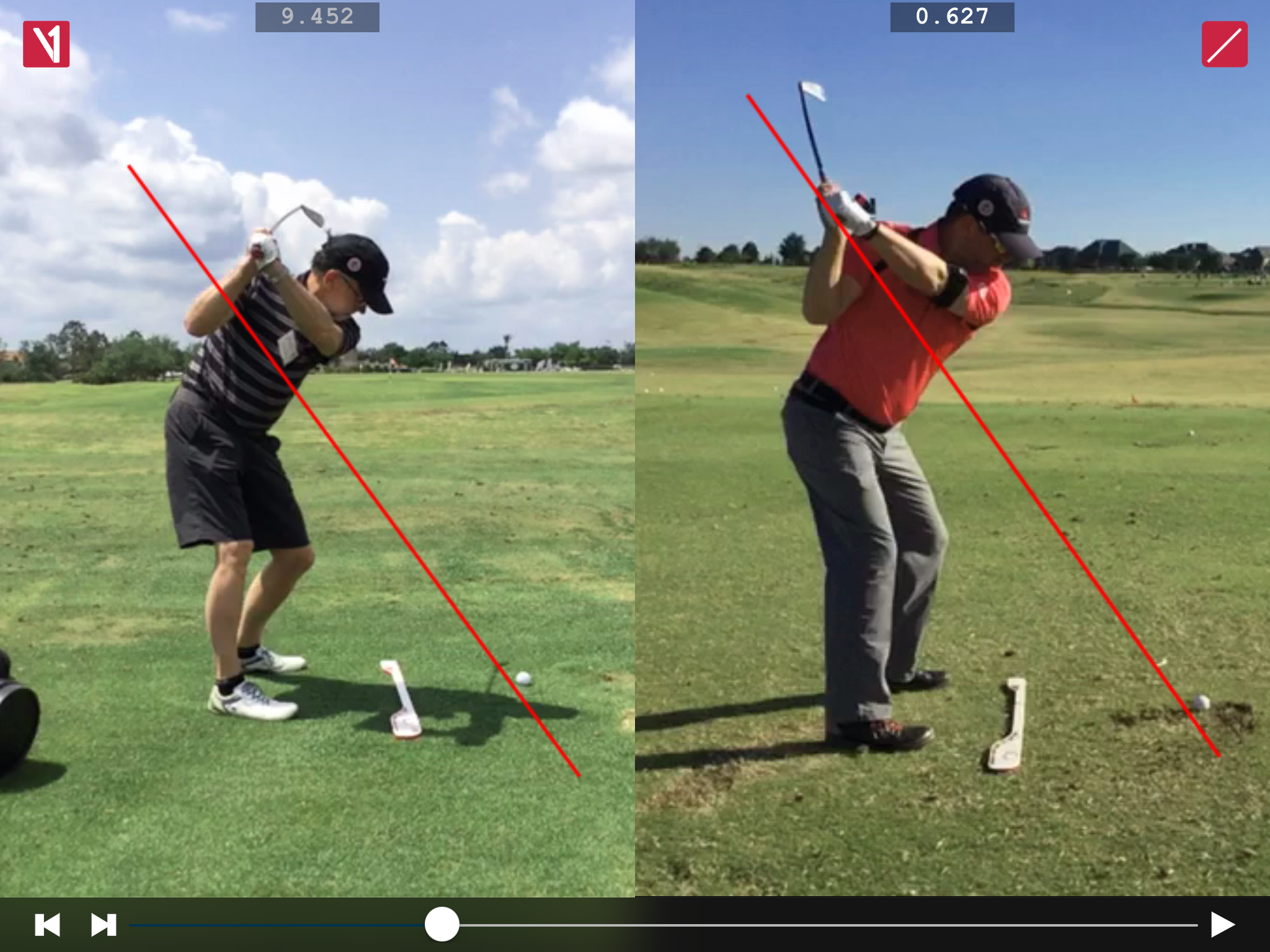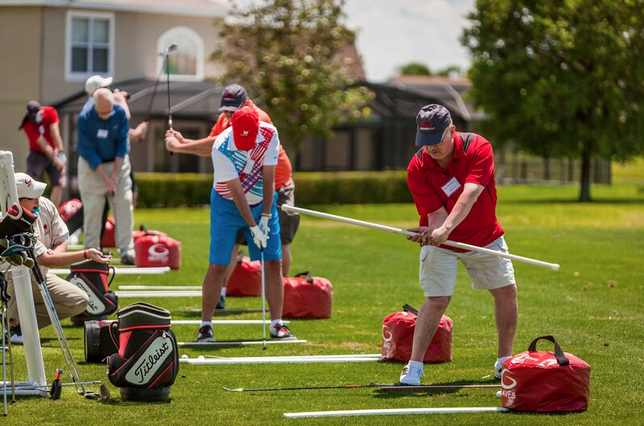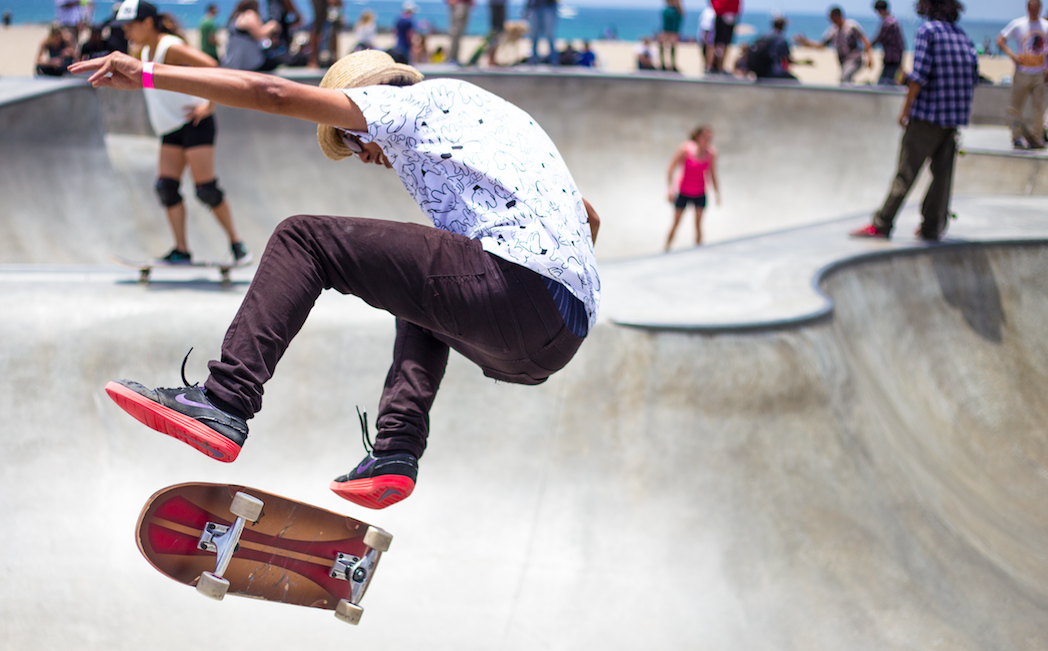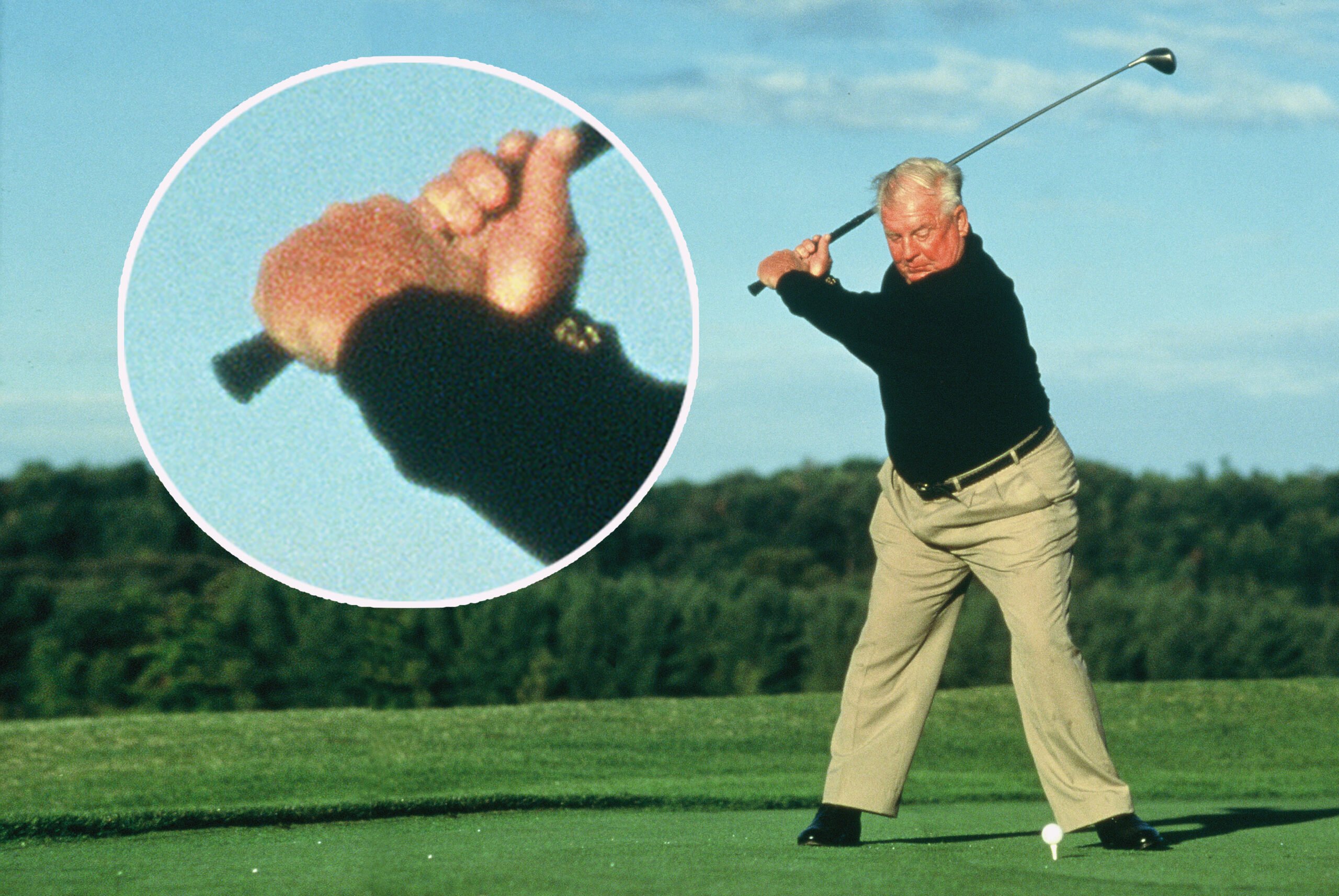By Tim Graves, PGA
Do you know the most common question golfers ask us?
“Is there a shortcut to making swing changes and improving my game?”
The simple answer to the question is “Yes!”
The short cut – are you ready for it?….. is all about FEEDBACK.
Most think it is about practice…. but does practice actually help??
Should instructors encourage you to practice?
You might not believe it, but golf instructors debate about this all the time. Many golf instructors believe that you should avoid the idea of teaching the importance of practice – that it takes away from the enjoyment of the game. They argue that the game is about teaching golfers how to play not about teaching them how to swing.
Our position is that you really can’t have fun and play well if you don’t have a good swing. Furthermore, building a great golf swing is part of the fun. We also believe that teaching the golf swing is about helping golfers “shortcut” the learning process (practice), not avoiding it. Let’s explain in two sentences.
Golfers struggle and get frustrated (and score badly) because they are unskilled.
Skill is acquired through practice.
All skills require practice and we can’t think of a game that requires more practice than golf. This might explain so many are frustrated with the game and why in recent years, more have quit the game then started new. It simply takes too long to get good. The question we should be asking is not whether we should be teaching golfers to practice but rather how can we help them learn to practice correctly and effectively and get better faster…

Don’t take my word for it, listen to Dan Coyle, author of the book The Talent Code. Dan, who researched talent hotbeds describes the acquisition of talent in three important processes:
• Deep Practice–Everyone knows that practice is a key to success. What everyone doesn’t know is that specific kinds of practice can increase skill up to ten times faster than conventional practice.
• Ignition–We all need a little motivation to get started. But what separates truly high achievers from the rest of the pack? A higher level of commitment—call it passion—born out of our deepest unconscious desires and triggered by certain primal cues. Understanding how these signals work can help you ignite passion and catalyze skill development.
• Master Coaching–What are the secrets of the world’s most effective teachers, trainers, and coaches? Discover the four virtues that enable these “talent whisperers” to fuel passion, inspire deep practice, and bring out the best in their students.
These three elements work together within your brain to form myelin, a microscopic neural substance that adds vast amounts of speed and accuracy to your movements and thoughts. Scientists have discovered that myelin might just be the holy grail: the foundation of all forms of greatness, from Michelangelo’s to Michael Jordan’s. The good news about myelin is that it isn’t fixed at birth; to the contrary, it grows, and like anything that grows, it can be cultivated and nourished.
The way we see it is that you don’t need to practice harder, you need to practice smarter get help along the way. We can relate to these three factors in my experience as well.
In our experience the students who are the most willing to practice and enjoy the process have the most success.
Deep practice is getting into the place where real learning occurs. This is where feedback happens and feelings are well….felt. Let me give you an example.
In a recent school, we had been sitting in the meeting room for about an hour. One student asked “when are we going to hit some balls on the range?” We responded with a question, “We will let you hit balls on the range when you can reassure me that you are measuring and getting feedback on every swing. Are you able to do that?”
The reason we have a great golf swings is not because we are more talented than any of our students. We have simply spent more quality time working on my golf swing. It come down to the quality of your practice, now how much you practice.
We put in the quality then I made is stronger with repetition. Most students put in the repetition but not the quality.
Our teaching habits have changed over the years. We find it almost impossible to watch people practice ineffectively. We start to get nervous and we usually jump in and stop it. We then ask “what are you working on” and “how do you know if you are getting it?”.

We are now heading into 2025. You have a choice. You can go another year wishing your golf game improved and guessing at the outcomes or you can make a transformation in your approach. This is what we are suggesting is that you take a giant leap by making some major changes. You can do this by understanding Dan Coyle’s three principles of talent. Learn how to Deep Practice, Get Passionate about it and Get Help from a Master Coach.
Now take some action on these principles and get practicing – correctly.
To find out more about how to practice correctly, deep practice and your short cut to improvement – please see: CLICK HERE



